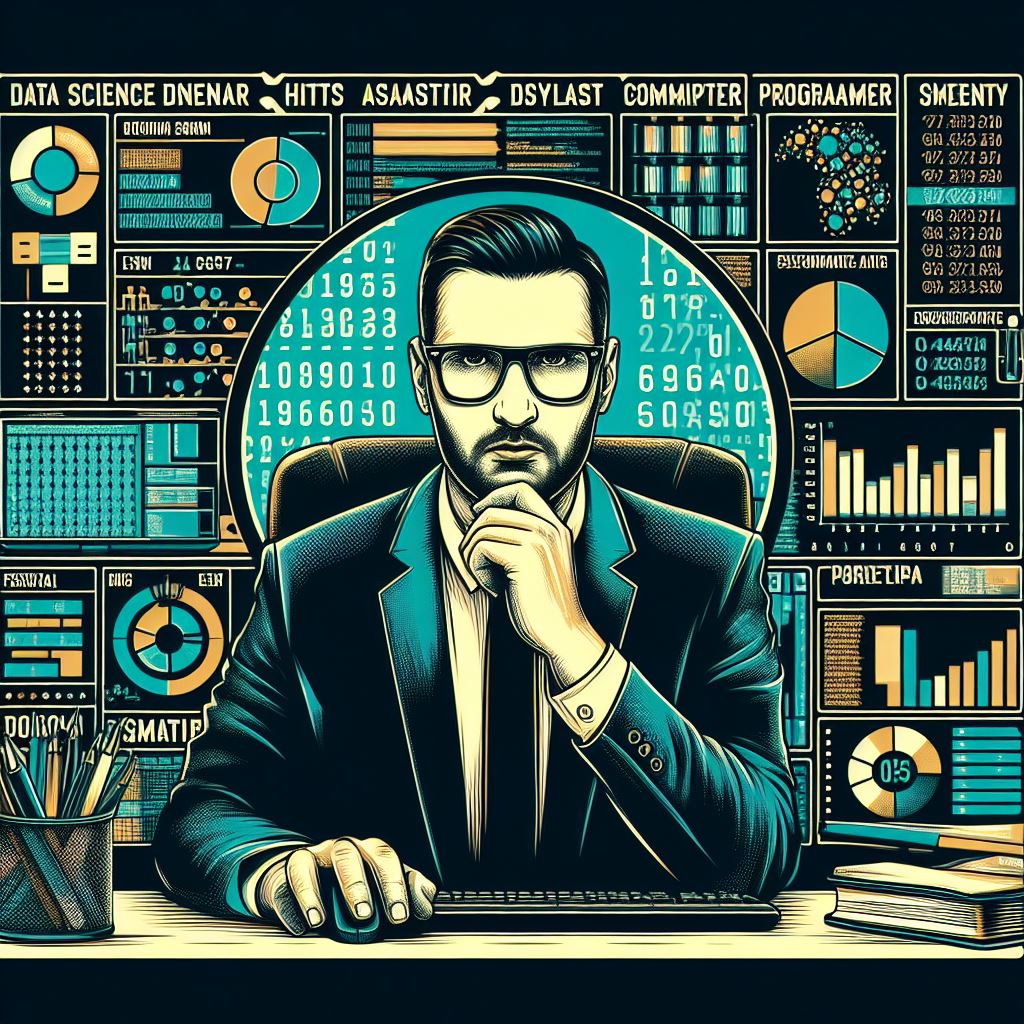Computer vision is an innovative technology that enables machines to interpret and understand the visual world. Inspired by the human visual system, computer vision is transforming a wide range of industries, from healthcare and automotive to entertainment and agriculture. This rapidly advancing field allows computers to process and analyze digital images, making it possible for them to “see” and make decisions based on visual input.
At its core, computer vision combines elements of artificial intelligence (AI), machine learning (ML), and deep learning to extract meaningful information from images or videos. It involves several techniques, such as image recognition, object detection, image segmentation, and pattern recognition, to understand and manipulate visual data.
One of the most common applications of computer vision is facial recognition. In security systems, facial recognition technology scans and identifies individuals from a database of known faces. It is also used in social media platforms for auto-tagging photos, enhancing user experience. Another breakthrough use of computer vision is in the automotive industry, where it plays a crucial role in the development of autonomous vehicles. By enabling self-driving cars to perceive their surroundings, computer vision systems detect pedestrians, traffic signs, and other vehicles, allowing the car to navigate safely.
In healthcare, computer vision aids in diagnostics by analyzing medical images, such as X-rays, CT scans, and MRIs. It helps doctors detect diseases like cancer early and accurately, improving patient outcomes. The technology is also being used to monitor the quality of food production in the agricultural sector, detecting defects in crops and ensuring safety standards.
Moreover, computer vision has revolutionized the retail industry, enhancing customer experiences through augmented reality (AR) and interactive displays. Retailers use computer vision systems to monitor customer movements, optimize product placement, and personalize shopping experiences. It’s also instrumental in e-commerce, where computer vision algorithms help improve product search, recommendation engines, and inventory management.
The future of computer vision looks promising, with advancements in AI and deep learning driving more precise and faster results. As the technology evolves, it will likely be integrated into more everyday devices, from smartphones and home assistants to wearable tech. Its potential for automating tasks, improving accuracy, and enhancing user experiences makes it a valuable asset across various sectors.
However, challenges remain in the development of computer vision systems. One of the main issues is training algorithms to understand complex visual inputs, such as recognizing objects in varying lighting conditions or cluttered environments. Ensuring privacy and security in applications like facial recognition is another key concern that needs to be addressed as computer vision technologies become more widespread.
In conclusion, computer vision is poised to reshape the way we interact with the digital world. Its applications are vast, and its impact on industries like healthcare, automotive, and retail is already being felt. As research and development continue, computer vision will play a central role in the ongoing evolution of artificial intelligence and automation, paving the way for a smarter, more connected future.
